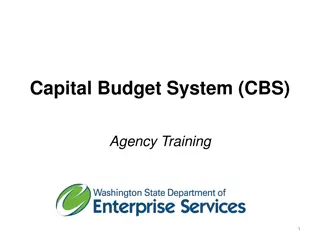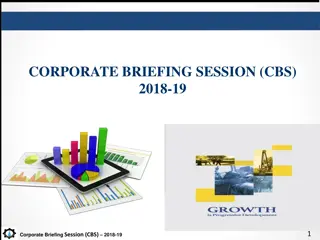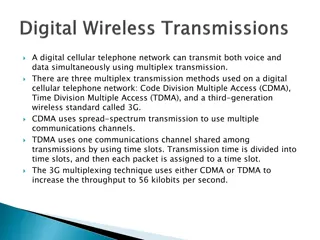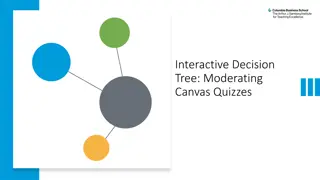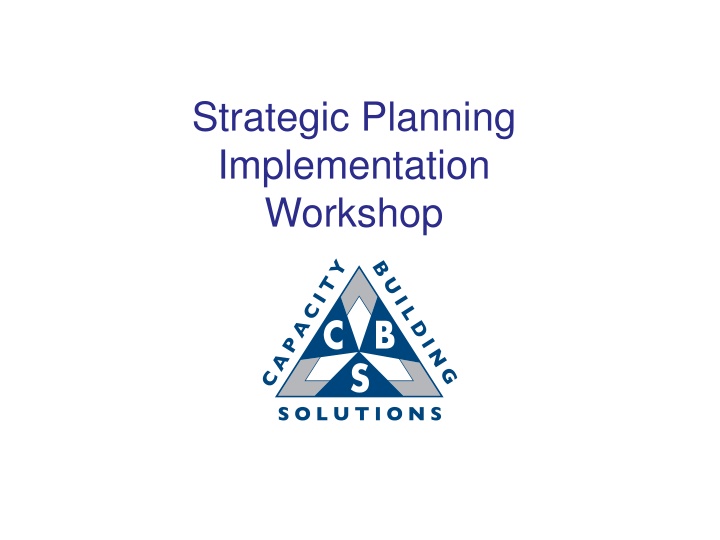
Effective Strategic Planning Implementation Strategies
Discover the key factors contributing to successful strategic plan implementation, common pitfalls to avoid, and next steps for a seamless execution. Learn from insights on organizational complacency and why transformation efforts fail, essential for achieving strategic goals.
Download Presentation

Please find below an Image/Link to download the presentation.
The content on the website is provided AS IS for your information and personal use only. It may not be sold, licensed, or shared on other websites without obtaining consent from the author. If you encounter any issues during the download, it is possible that the publisher has removed the file from their server.
You are allowed to download the files provided on this website for personal or commercial use, subject to the condition that they are used lawfully. All files are the property of their respective owners.
The content on the website is provided AS IS for your information and personal use only. It may not be sold, licensed, or shared on other websites without obtaining consent from the author.
E N D
Presentation Transcript
Strategic Planning Implementation Workshop
Always Remember: Strategic Planning Initiatives Need to be SMART S = SPECIFIC M = MEAUSREABLE A = ACTIONABLE R = REALISTIC/RELEVANT T = TIME RELATED
Why Transformation Efforts Fail Not establishing a strong enough sense of urgency Not creating a powerful enough guiding coalition Lacking a clear vision Under-communicating the vision by a factor of ten Not removing obstacles to the new vision Not systematically planning for- or creating short- term wins Declaring victory too soon Not anchoring change in the organization s culture Kotter, John P. 1995. Why Transformation Efforts Fail. HBR. March-April 1995.
Sources of Organizational Complacency The absence of a major and visible crisis Too much happy talk from senior management Too many visible resources Human nature, with its capacity for denial, especially if people are already busy or stressed Low overall performance standards Complacency A kill-the-messenger-of- bad-news, low candor, low- confrontation culture Organizational structures that focus employees on narrow functional goals A lack of sufficient performance feedback from external resources Internal measurement systems that focus on the wrong performance indexes Source: John Kotter, Leading Change 4
Strategic Plan Implementation It is an unfortunate reality that most planning initiatives will fail during the implementation stage. It is one thing to plan the rollout of a strategic plan. It is quite another to execute the plan. The following factors contribute greatly to success or failure: Shifting organizational priorities; leadership focus Inability to develop the necessary buy-in from the advisory board and staff A lack of teamwork related to the implementation of the planning objectives Lack of a project management, measurement and tracking infrastructure that keeps the process on track Ignoring or hiding from planning challenges/obstacles rather than addressing them ASAP Flawed execution Lack of public accountability and performance transparency
Next Steps: Plan Implementation 1. Refine/edit draft of Strategic Plan 2. Communicate strategic planning document to relevant constituencies 3. Select internal champion for each major planning initiative 4. Select Advisory Board Sponsor for each major planning initiative (if applicable) 5. Champion establishes work team to address implementation issues 6. Work teams establish detailed implementation plans for each planning initiative; plan for first year should be completed within 6 weeks of plan completion 7. Create an environment of continual dialogue around strategic plan that views the end product as a living document subject to revision based on changes to either internal or external realties 8. Celebrate successes and learn from your failures!
Developing an Implementation Workplan All key initiatives and strategies within the overall plan should be supported by a formal workplan. The following components should be incorporated into the workplan: Strategy Action Item: What needs to be accomplished? Work step/Subtask: What steps do we need to take to get there? Start and End Dates Responsible Party: Who owns the action item/work step? Status: How are we progressing (e.g., on track, off track, neutral, deferred, etc.)? Estimated Resource Requirements: What will it take (e.g., money, people, other resources, etc.)? Comments: Anything else we need to know? Milestones: Pivotal deliverables and accomplishments?
Critical Path Milestones and Timetable 1998 Jan Activity Feb March April May June July Aug Sept Oct Activity A Activity B Activity C Etc. 8
Characteristics of An Effective Team Have a strong sense of purpose. Members know who brought them together and why, which validates their existence as a team. Know and appreciate each other's individual strengths and how they contribute to the team as a whole. Have clearly defined objectives, commonly known as SMART (Specific, Measurable, Attainable and Agreed to, Result-oriented and Time-dated) goals. Handle conflict by dealing with the issue, not the person. Use the appropriate leadership style at each stage of the team's life cycle. Empower everyone on the team to say, "Stop! We need to talk about this idea some more before moving forward." Above all, high performing teams encourage disagreement. People need to feel they can freely voice their opinions without fear of being attacked or put down. In order to be constructive, disagreement Source: Judith Segal, Getting Them To See It Your Way
Implementation Planning: Key Attributes of Successful Teams Members of team believe they are all in this together. No one can win unless everyone wins Cohesion A team that works as a team rather than one where individual heroes are created is a key feature of a high potential venture Teamwork A belief in, and commitment to, getting the job done without sacrificing quality, health or personal standards Integrity Commitment to the long haul Members of a committed team believe they are in it for the long haul, not just as a get rich quick scheme Rewards are based on contribution, performance and results over time Fairness Source: Jeffry Timmons, New Venture Creation
Role Description: Internal Champion/Team Leader Act as an Internal Ambassador for the Strategic Plan Ensure completion of detailed Implementation Workplans on an annual basis; Year 1 to be completed within 6 weeks of formal plan approval Select and guide Implementation Team Ensure good team logistics and run effective meetings Provide monthly updates at Leadership Team meetings Assess group progress, evaluate needs and initiate actions required to ensure success Behave and lead in a way that ensures motivation and empowerment of team members Pursue and complete individual assignments Leverage Advisory Board Sponsor as needed
Role Description: Advisory Board Sponsor Act as a sounding board for Internal Champion; provide advice and guidance as needed Work with Internal Champion to ensure Detailed Implementation Workplan is in place within a reasonable timeframe; review major action items and offer feedback Open doors/make connections as needed to fulfill planning initiative(s) Report progress back to full Advisory Board on a Quarterly basis Offer ongoing encouragement and support
Role Description: Implementation Team Members Attend meetings consistently and promptly Participate fully in the planning implementation process Share ideas and information freely with colleagues Ask for help if and when needed Keep a positive can do attitude Complete assignments on time and within budget Keep group updated of your progress with assignments; be proactive with communicating any deadline changes Note: Make-up of team should be cross-functional and interdepartmental (no more than 5 team members)
Ed Robinson President Capacity Building Solutions Inc. 240/426-4457 robin_ed@capacity-building.com http://www.capacity-building.com







